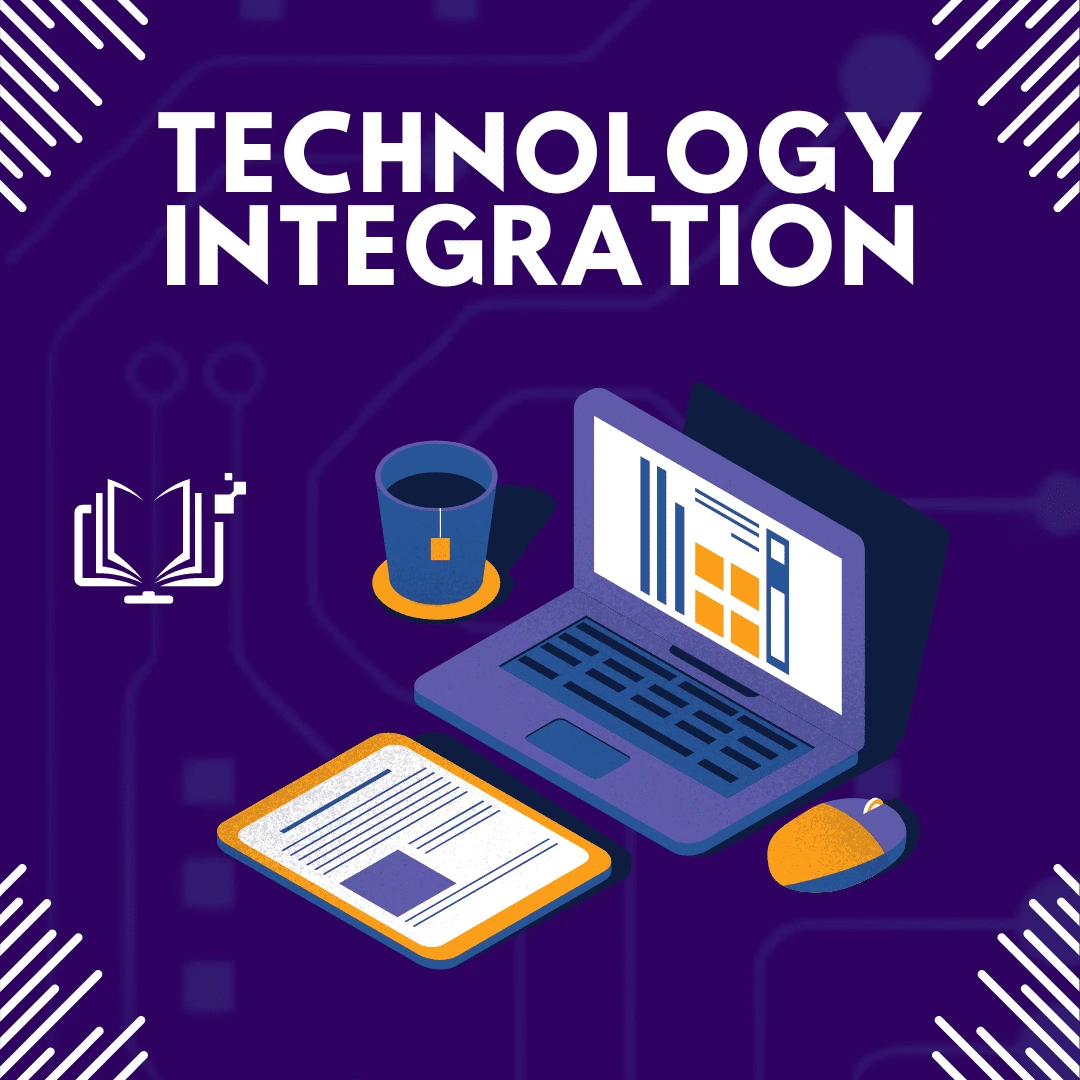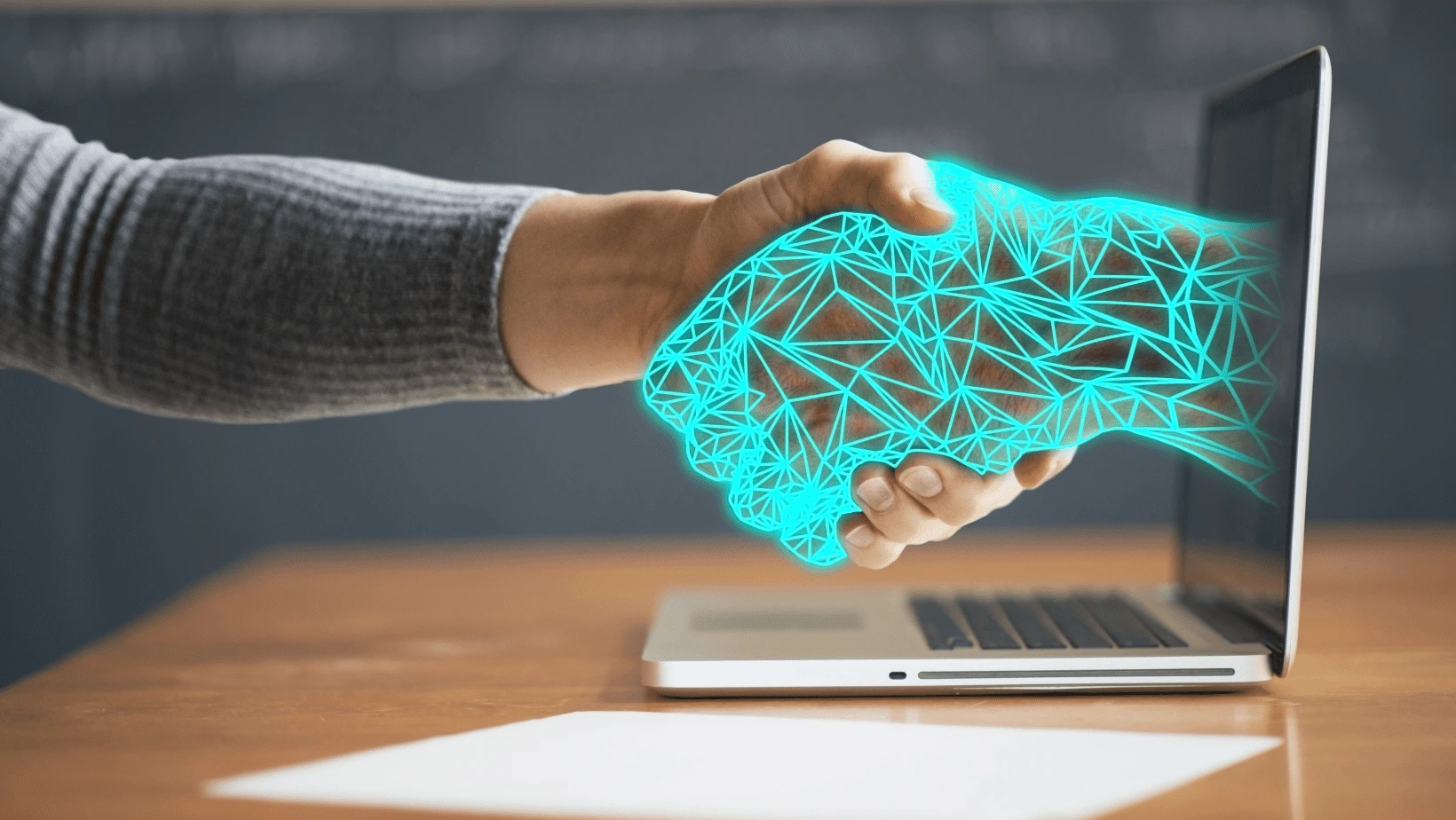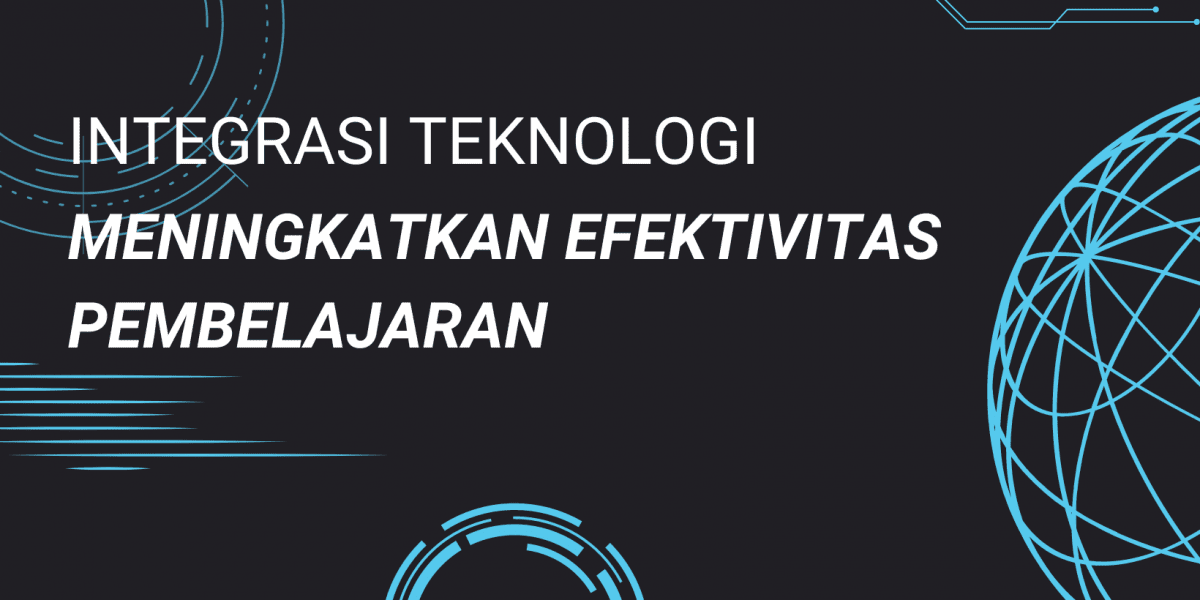Technology Integration Increases Learning Effectiveness
Universities are centers of higher education that play a vital role in developing and enhancing the intellectual skills and abilities of their students. In the context of higher education, technology integration is essential in the increasingly digital era. The way we obtain information and learn has been transformed by technology.
Technology Integration
The conscious and integrated combination or use of technology in the classroom for educational purposes is known as technology integration. Essentially, its purpose in education is to improve the standards of teaching and learning, while equipping students with the skills necessary to succeed in the rapidly evolving digital landscape.
Aspects of Technology Integration
Technology Integration in education involves several aspects, including: 1) Hardware: This includes the use of physical devices such as computers, tablets, smartphones, projectors, and other devices used in learning, 2) Software: This includes applications, programs, e-learning platforms., and other software resources used in the learning context, 3) Internet Connection: Fast and stable internet access enables access to online resources, online collaboration, and distance learning, 4) Learning Methods: This involves changes or adjustments in teaching methods, where they can be used to support active, collaborative, and personalized learning, 5) Digital Content: This includes the use of digital learning materials such as e-books, learning videos, simulations, and other interactive content, 6) Evaluation and Measurement: Can be applied to measure student progress, conduct formative and summative assessments, and provide faster feedback.

Benefits of Technology Integration in Learning
There are several benefits of integrating technology into the student learning experience that can improve the quality and effectiveness of learning. Here are the types of benefits:
- Access to International Educational Resources: students can use the internet to access international educational resources including digital libraries, scientific journals, and online courses from top universities around the world. They can obtain up-to-date and diverse information thanks to this integration.
- Customized and self-paced learning: students can choose their own pace of learning through the use of technology in self-paced learning. In addition, they can choose tools and materials based on their preferences and areas of interest.
- Enhanced Collaboration and Communication: students can interact and collaborate with lecturers and other students in local and international environments using discussion boards online, online platforms, and other collaboration tools.
- Skills Development: The use of technology in learning helps students develop digital literacy and skills relevant to the modern workplace.
- Faster and More Efficient Evaluation: Lecturers can use software to evaluate students more quickly and effectively. Summative and formative evaluations can be managed more effectively.

Higher education institutions need to make significant investments in training and skills development for both faculty and students to maximize the use of technology in the classroom. It is also important to ensure that all students have access to a reliable internet connection and that privacy policies are in place to protect students’ personal data and information. Finally, developing more robust and user-friendly learning platforms, including more robust learning analytics and user-friendly interfaces, and collaborating with other universities and companies can help foster innovation in educational technology integration.

